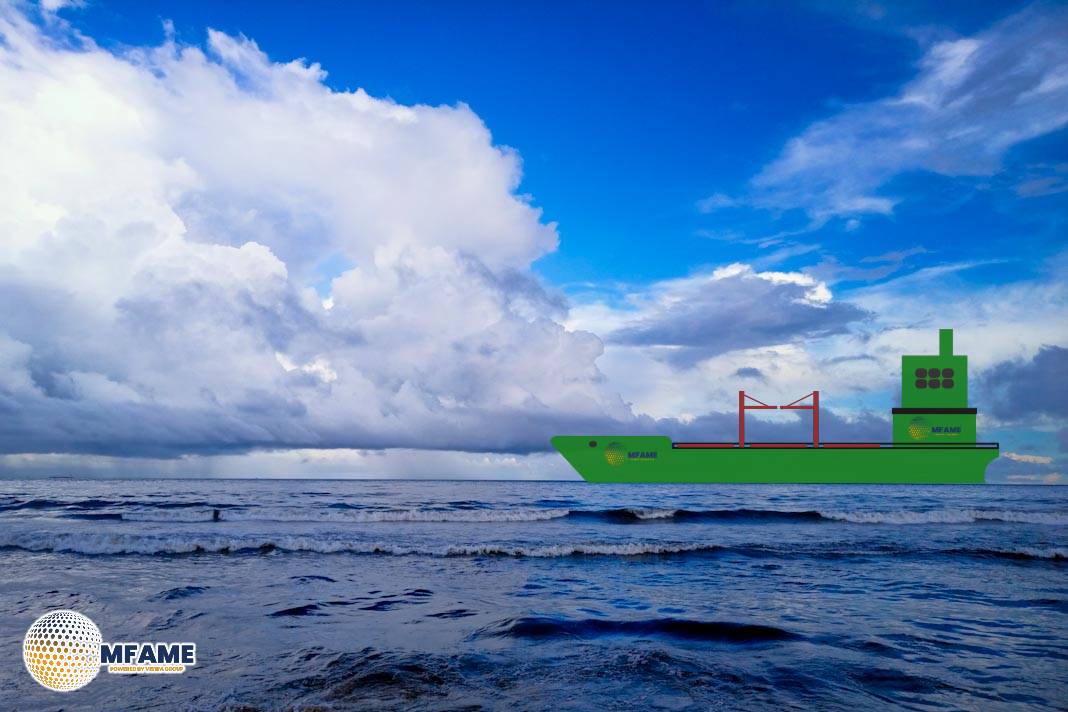Lloyd’s Register recently hosted a pivotal workshop under the Nuclear Energy Maritime Organization (NEMO), marking a significant stride toward advancing nuclear energy application at sea. The event focused on bridging the gap between nuclear governance and maritime regulation — a crucial step as the shipping industry seeks scalable solutions for deep decarbonization.
Navigating the Regulatory Divide
As the maritime sector faces increasing pressure to meet global emissions targets, stakeholders are examining nuclear propulsion and power generation as potential game-changers. However, integrating the International Maritime Organization (IMO) framework with the International Atomic Energy Agency (IAEA)’s nuclear standards remains a complex challenge.
Held at Lloyd’s Register’s London headquarters, the two-day “Safeguards, Security, and Safety” workshop brought together policymakers, technical experts, and nuclear specialists to identify how the two regulatory systems can effectively align.
Dr. Mamdouh el-Shanawany, NEMO’s inaugural chair and former IAEA safety director, highlighted that harmonizing IMO and IAEA requirements is essential for the safe and responsible use of nuclear power in future vessel designs.
Strengthening Safety and Security Frameworks
During the workshop, participants explored both the technical and operational implications of deploying small modular reactors (SMRs) and similar technologies at sea. Discussions covered key themes, including:
- The potential application of SOLAS Chapter XI-2 and the ISPS Code to nuclear-powered ships, underscoring overlaps between conventional and nuclear security systems.
- The growing relevance of cyber resilience and port security as integral parts of the nuclear maritime framework.
- A detailed tabletop exercise examining how a nuclear-powered vessel might respond to evolving security threats, revealing practical synergies between nuclear safeguards and maritime protocols.
- Lessons drawn from Nuclear Transport Systems (NTS) operations, suggesting future vessels will require tailored security measures that reflect their unique risk classifications.
Lloyd’s Register’s Global Power-to-X Director, Mark Tipping, emphasized that next-generation SMRs, with their built-in safety mechanisms, could offer a viable and scalable pathway to achieving zero-emission shipping — provided that the regulatory foundations are robust and internationally aligned.
Charting the Course Ahead
For shipowners and operators, this workshop signaled a pivotal moment: the conversation around nuclear propulsion is no longer theoretical. The groundwork is being laid for a future where nuclear-powered vessels could become part of mainstream maritime operations.
Regulators and policymakers will now need to collaborate closely across maritime and nuclear domains to create hybrid governance models that ensure both safety and sustainability.
For seafarers, maritime engineers, and students, the merging of these disciplines opens new avenues for training, certification, and technical specialization — shaping the next generation of expertise in the blue economy.
The key message emerging from the workshop is clear: to realize nuclear energy’s full potential at sea, safety and security must be embedded from the design phase, not added as an afterthought.
The NEMO initiative hosted by Lloyd’s Register demonstrates that the dialogue on maritime nuclear energy is evolving from ambition to action. As the sector moves closer to adopting these advanced technologies, collaboration between industry, regulators, and academia will be the compass guiding this transformation.
Did you subscribe to our daily Newsletter?
It’s Free Click here to Subscribe!
Source: Lloyd’s Register

















